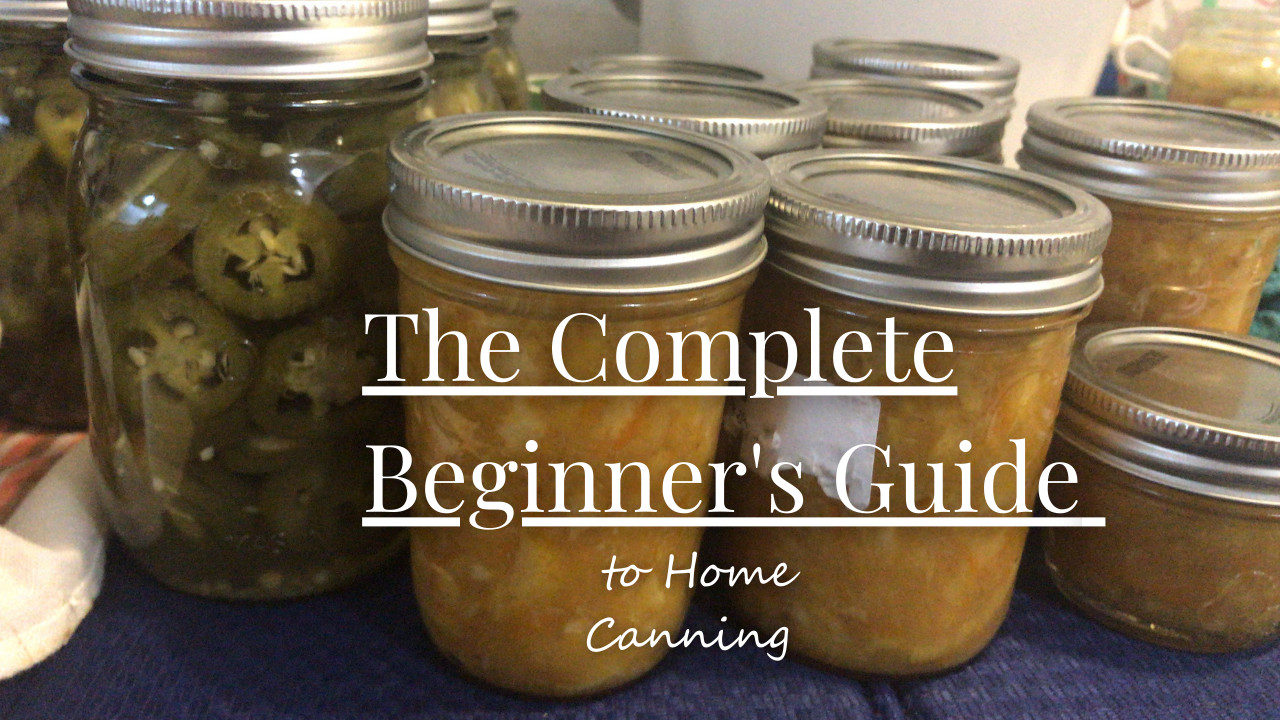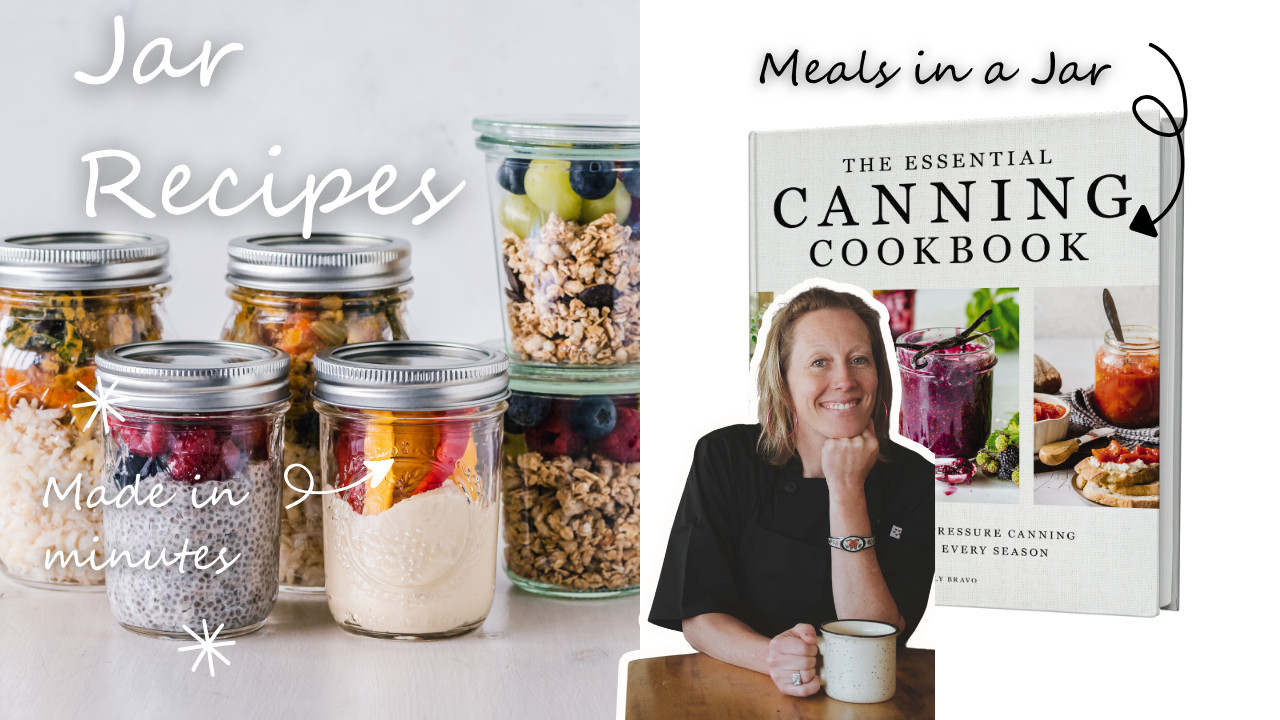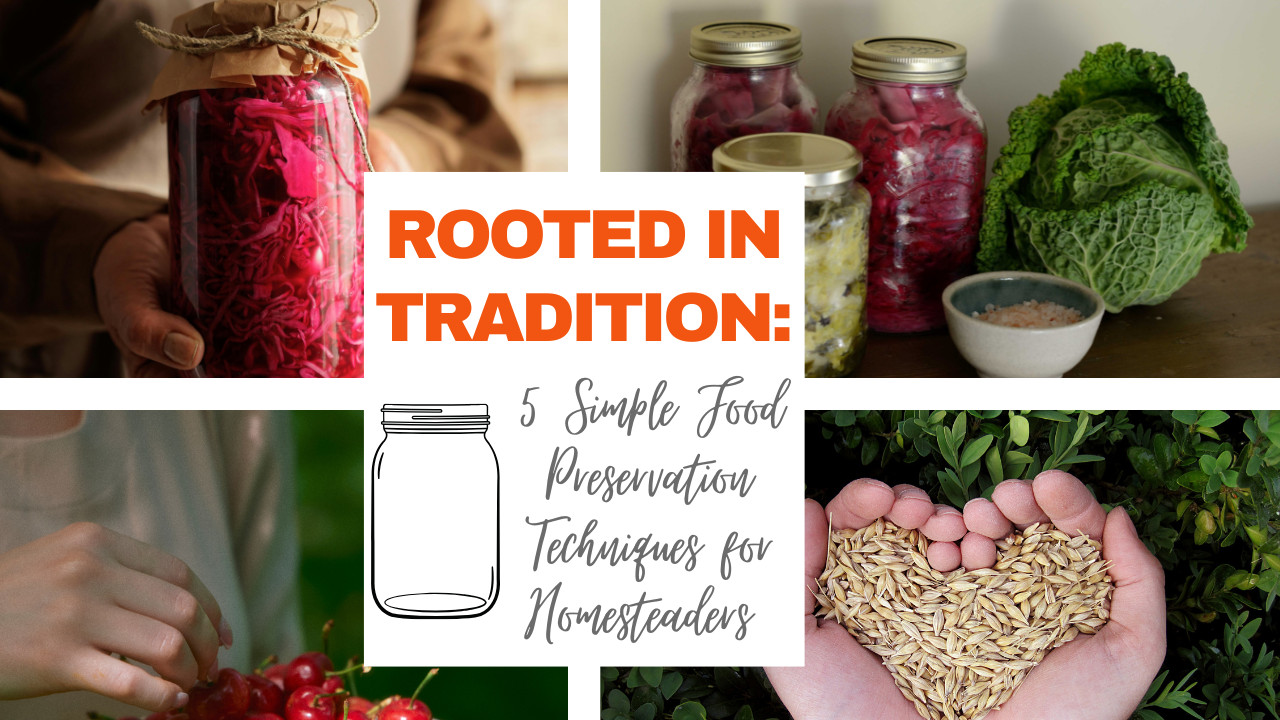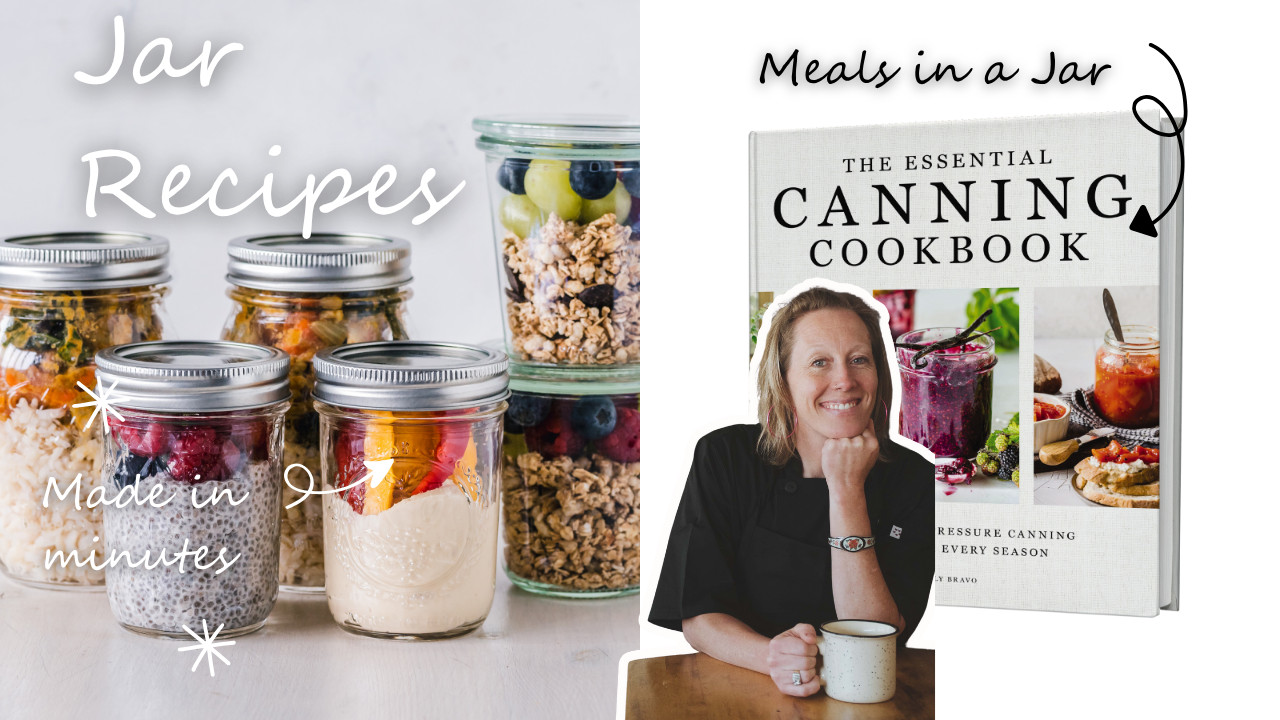
Ready to transform your pantry and take control of your family's nutrition?
Discover why thousands of families are turning to home canning as their secret weapon for food security, budget savings, and chemical-free eating.
✨ What you'll learn:
- Master water bath canning with your first strawberry jam
- Essential canning equipment for under $50 (plus money-saving tips!)
- Safe canning methods that preserve nutrition and flavor
- Seasonal canning guide for year-round abundance
From mason jars to food preservation mastery—your journey to kitchen confidence starts with just one recipe. Join the home canning revolution that's feeding families real food, one jar at a time.
#HomeCanning #FoodPreservation #WaterBathCanning #MasonJars #HomemadeJam #SelfSufficient #FoodSecurity #KitchenSkills #PreservingFood #CanningBeginners
Read more...
Want the safest, USDA-approved method for canning tomatoes? This guide walks you through everything—why tomatoes need acid, the exact USDA home food preservation guidelines, and how to choose between water bath canning and pressure canning without risking botulism. We’ll break down the three canning styles—USDA “play it safe,” moderate method, and rebel canning—so you can make an informed choice for your pantry. You’ll learn why bottled lemon juice beats fresh for acidity control, how much acid to add per jar (2 tablespoons bottled lemon juice or vinegar, or ¼ teaspoon citric acid per quart), and how to adjust processing times for altitude. Whether you’re a beginner following tested tomato canning recipes to the letter or a seasoned preserver looking for a safe middle ground, this post gives you the facts, the science, and the straight talk you need to put up jars of home-canned tomatoes that are shelf-stable, flavorful, and family-safe all year long.
Read more...
Our grandparents knew how to survive on more than convenience—they knew how to thrive on skills. From pantry shelves lined with home-canned peaches to stretching every scrap of food into something nourishing, they had wisdom we desperately need today.
Learning to can isn’t just about food—it’s about reclaiming freedom, resilience, and connection. One jar at a time, we can keep their stories alive.
➡️ Ready to learn? Join us Mondays for live canning classes + grab The Essential Canning Cookbook (drops Aug 5). Link in bio!
Read more...
Learn how to start canning at home for beginners in Santa Cruz, California with this step-by-step guide to traditional food preservation. Discover the essential tools for water bath and pressure canning, what local seasonal foods to preserve, and how to use ancestral methods for sustainable slow living. This beginner canning tutorial includes affiliate resources, local farm connections, and a link to our online canning course from Wylder Space — a lifestyle brand rooted in nourishment, ritual, and community. Perfect for conscious cooks, homestead-curious creatives, and anyone ready to reclaim their kitchen with confidence and care.
Read more...
Discover 5 beginner-friendly food preservation techniques perfect for new homesteaders in the Santa Cruz Mountains. From canning and fermentation to root cellaring and intentional freezing, this guide helps you preserve seasonal abundance while embracing slow living and sustainability. Featuring affiliate tools from Cultures for Health and Azure Standard, plus a soulful video from Wylder Space, this is your essential resource for starting a grounded, nourishing homesteading journey.
Read more...







